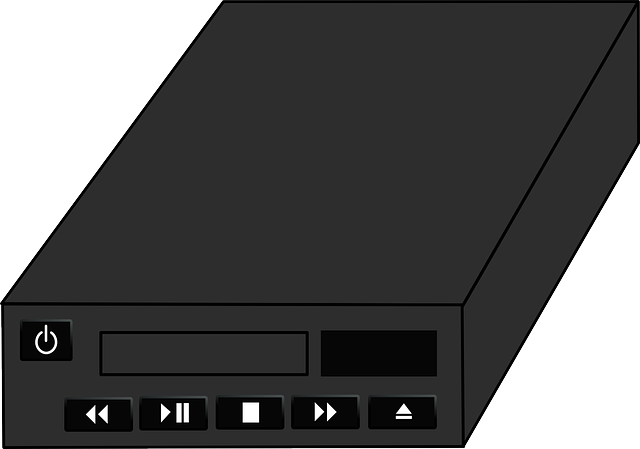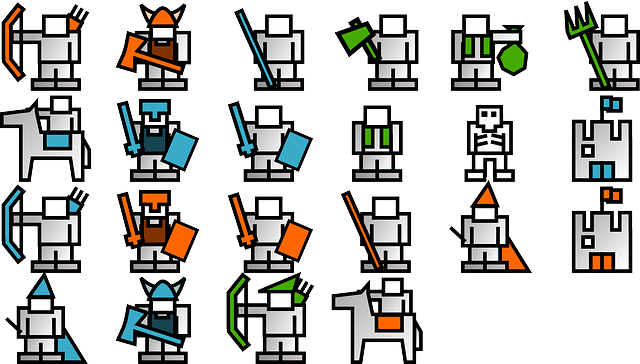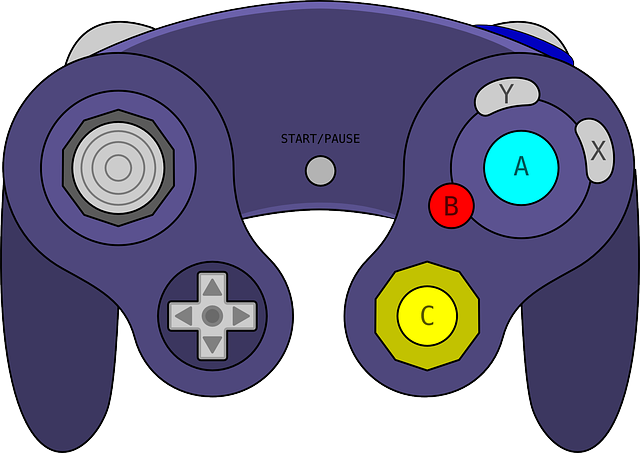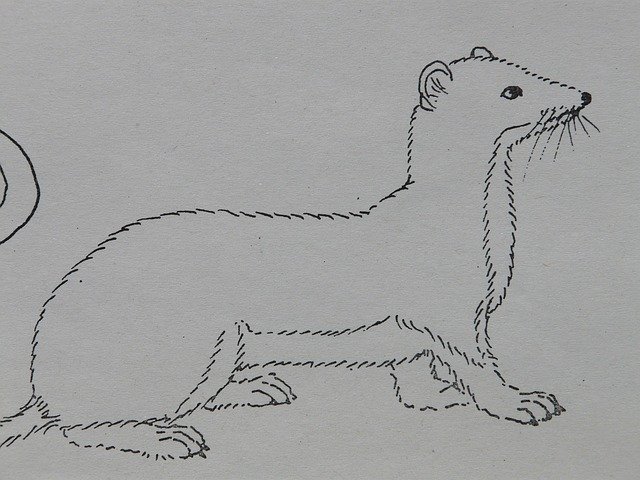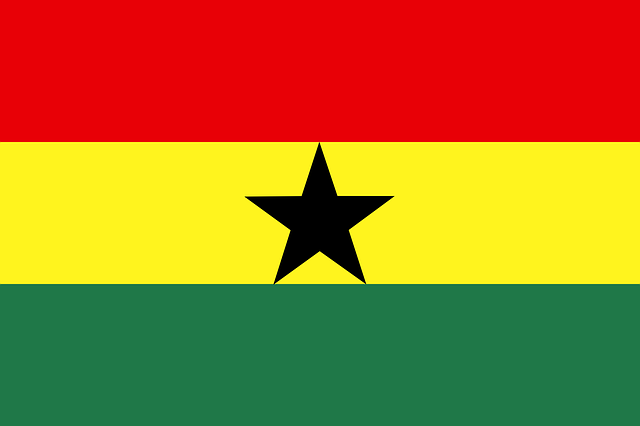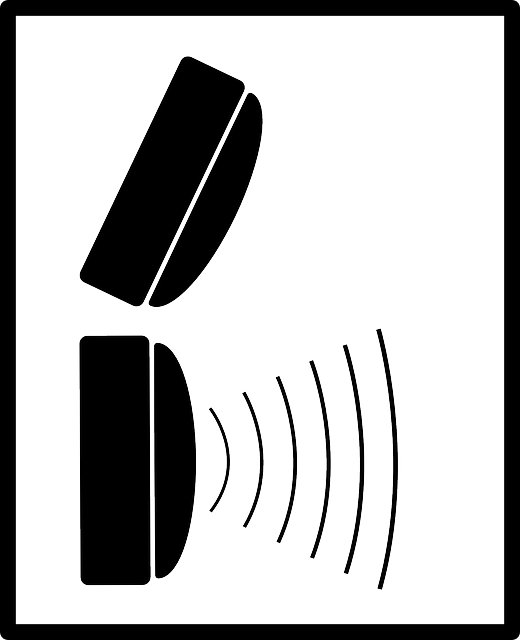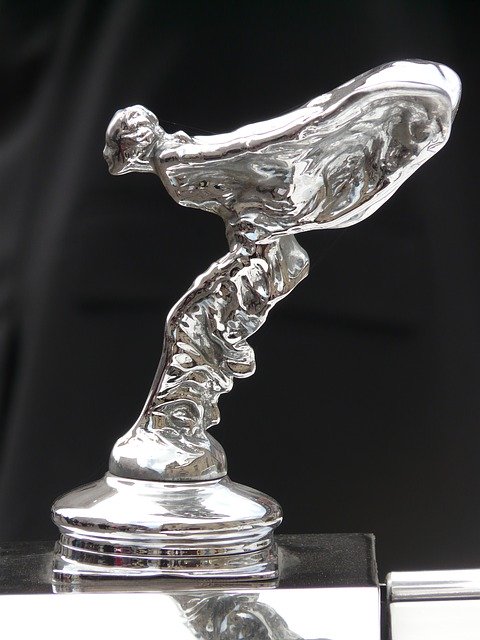إرنست كلادني
| Ernst Chladni | |
|---|---|
|
Ernst Chladni
| |
| وُلـِد | 30 November 1756 ڤيتنبرگ, ساكسونيا (now ڤيتنبرگ، ساكسونيا-أنهالت، ألمانيا) |
| توفي | 3 April 1827 (عن عمر 70) برسلاو، پروسيا، الاتحاد الألماني (الآن ڤروتسواف، پولندا) |
| القومية | ألماني |
| مبعث الشهرة |
|
| السيرة الفهمية | |
| المجالات | Physics |
إرنست فلورنز فريدرش كلادني (Ernst Florens Friedrich Chladni ؛ ألمانية: [ˈɛʁnst ˈfloːʁɛns ˈfʁiːdʁɪç ˈkladnɪ]؛ عاش 30 نوفمبر [[1756 – ثلاثة أبريل 1827) كان فيزيائياً وموسيقياً ألمانياً. أبرز أعماله، الذي بسببه يُطلق عليه أحياناً أبوفهم الصوتيات، تضمن بحثاً في vibrating plates and the calculation of the speed of sound for different gases. He also undertook pioneering work in the study of meteorites and is regarded by some as the father of meteoritics.
النشأة
Although Chladni was born in ڤيتنبرگ in Saxony, his family originated from Kremnica, then part of the Kingdom of Hungary and today a mining town in central Slovakia. Chladni has therefore been identified as German,Hungarian and Slovak.
Chladni came from an educated family of academics and learned men. Chladni's great-grandfather, the Lutheran clergyman Georg Chladni (1637–92), had left Kremnica in 1673 during the Counter Reformation. Chladni's grandfather, Martin Chladni (1669–1725), was also a Lutheran theologian and, in 1710, became professor of theology at the University of Wittenberg. He was dean of the theology faculty in 1720–1721 and later became the university's rector. Chladni's uncle, Justus Georg Chladni (1701–1765), was a law professor at the university.[] Another uncle, Johann Martin Chladni (1710–1759), was a theologian, a historian and a professor at the University of Erlangen and the University of Leipzig.
Chladni's father, Ernst Martin Chladni (1715–1782), was a law professor and rector of the University of Wittenberg. He had joined the law faculty there in 1746.[] Chladni's mother was Johanna Sophia and he was an only child. His father disapproved of his son's interest in science and insisted that Chladni become a lawyer.
حياته العملية
Chladni studied law and philosophy in Wittenberg and Leipzig, obtaining a law degree من جامعة لايپزيگ في 1782. That same year, his father died and he turned to physics in earnest. He gave lectures on law, mathematics, and natural sciences at the University of Wittenberg from 1783 to 1792. During this time, he began his first experiments with acoustics.
Chladni figures
One of Chladni's best-known achievements was inventing a technique to show the various modes of vibration on a rigid surface, known as Chladni figures due to the various shapes or patterns created by various modes. When resonating, a plate or membrane is divided into regions that vibrate in opposite directions, bounded by lines where no vibration occurs (nodal lines). Chladni repeated the pioneering experiments of Robert Hooke who, on July 8, 1680, had observed the nodal patterns associated with the vibrations of glass plates. Hooke ran a violin bow along the edge of a plate covered with flour and saw the nodal patterns emerge.
Chladni's technique, first published in 1787 in his book Entdeckungen über die Theorie des Klanges ("Discoveries in the Theory of Sound"), consisted of drawing a bow over a piece of metal whose surface was lightly covered with sand. The plate was bowed until it reached resonance, when the vibration causes the sand to move and concentrate along the nodal lines where the surface is still, outlining the nodal lines. The patterns formed by these lines are what are now called Chladni figures. Similar nodal patterns can also be found by assembling microscale materials on Faraday waves.
Chladni had visited the Paris Academy in 1808 and had demonstrated the vibration patterns before an audience that included not only the leading French scientists but Napoleon himself, Napoleon set a prize for the best mathematical explanation. Sophie Germain's answer, although rejected due to flaws, was the only entry with the correct approach.
Variations of this technique are still commonly used in the design and construction of acoustic instruments such as violins, guitars, and cellos. Since the 20th century, it has become more common to place a loudspeaker driven by an electronic signal generator over or under the plate to achieve a more accurate adjustable frequency.
In quantum mechanics, Chladni figures ("nodal patterns") are known to be related to the solutions of the Schrödinger equation for one-electron atoms, and the mathematics describing them was used by Erwin Schrödinger to arrive at the understanding of electron orbitals.
| Chladni figures |
|---|
الآلات الموسيقية
Since at least 1738, a musical instrument called a Glasspiel or verrillon, created by filling beer glasses with varying amounts of water, was popular in Europe. The beer glasses were struck by wooden mallets shaped like spoons to produce "church and other solemn music".Benjamin Franklin was sufficiently impressed by a verrillon performance on a visit to London in 1757 that he created his own instrument, the glass armonica, in 1762. Franklin's armonica inspired several other instruments, including two created by Chladni. In 1791, Chladni invented the musical instrument called the euphon (not to be confused with the brass instrument euphonium), consisting of glass rods of different pitches. Chladni's euphon is the direct ancestor of the modern day musical instrument known as the Cristal Baschet. Chladni also improved on Hooke's "musical cylinder" to produce another instrument, the clavicylinder, in 1799.
Chladni travelled throughout Europe with his instruments giving demonstrations.
| Bowed plaque instruments - كلادني | |||||
|---|---|---|---|---|---|

rectangle
|

rectangle
|

rectangle
|

rectangle
|

rectangle
|

rectangle
|

triangle
|

triangle
|

triangle
|

triangle
|

triangle
|

septagon
|

septagon
|

septagon
|

septagon
|

septagon
|

disk
|

septagon
|

septagon
|

septagon
|

triangle
|

triangle
|

pentagon
|

pentagon
|

septagram
|

septagram
|

square
|

square
|

square
|

square
|

pentagon
|

pentagon
|
||||
إسهاماته في فهم الأرصاد الجوية
Chladni became interested in meteoritics following a conversation he had with Georg Christoph Lichtenberg about a fireball that he supposedly saw in the Gӧttingen sky in November 1791. Inspired by this report, Chladni researched reports of similar phenomena as well as reports of other falling masses across Europe and North America within the last century. Based on the uniformity among these sightings, he concluded that the phenomena of fireballs and falling masses must be genuine.
This led him to publish Über den Ursprung der von Pallas gefundenen und anderer ihr ähnlicher Eisenmassen und über einige damit in Verbindung stehende Naturerscheinungen ("On the Origin of the Iron Masses Found by Pallas and Others Similar to it, and on Some Associated Natural Phenomena") in 1794. In this book he proposed that meteorites have an extraterrestrial origin. He argued that this would explain the high speeds of the falling masses as well as linking the masses to the fireballs; they glow intensely bright as they enter the Earth's atmosphere. He hypothesized that these meteorites were chunks of material that had either never been consolidated in the formation of larger masses or were debris from the formation and destruction of planets. This was a controversial statement at the time, since meteorites were thought to be of volcanic origin. Additionally, his claims challenged the established belief that nothing existed beyond the moon except for other stars and planets. Indeed, this supposed emptiness of space had fascinated Chladni as a child when he learned about the relatively large distance between Mars and Jupiter, where the Asteroid Belt is now known to exist. This observation factored into his account for the origins of meteorites.
Chladni's book was initially ridiculed by contemporary physicists, including Lichtenberg. Still, his writings sparked a curiosity that eventually led to more researchers supporting his theory. In 1795, a large stony meteorite was observed during its fall to Earth at a cottage near Wold Newton in Yorkshire, England and a piece of it, known as the Wold Cottage meteorite, was given to the British chemist Edward Howard who, along with French mineralogist Jacques de Bournon, carefully analyzed its composition and concluded that an extraterrestrial origin was likely, noting that the sample bore a strong resemblance to a sample of a meteorite from an early meteor shower in Siena, Italy. Although that event had been attributed to an eruption of Mount Vesuvius, no similar volcanoes existed within the same range of Wold Netwon, with the closest being in Hekla. In 1803, the physicist and astronomer Jean Baptiste Biot was commissioned by the French Minister of the Interior to investigate a meteor shower over L'Aigle in northern France that had peppered the town with thousands of meteorite fragments. Unlike Chladni's book and the scientific publication by Howard and de Bournon, Biot's lively report became popular and persuaded more people to take Chladni's insights seriously.
Chladni's insights have led some in the field to call him the "father of meteoritics" while others have been more conservative with their appraisal of Chladni's contributions to the field.
Chladni continued to develop his record of meteorite sightings throughout the next several decades as well as amassing a collection of meteorite samples. He donated this collection to the Mineralogical Museum of Berlin University in 1827 and it now resides in the Museum of Natural History at Humboldt University of Berlin.
A mineral, first described in 1993 from the Carlton (IIICD) iron meteorite, was named chladniite in his honor.
أعمال أخرى
Chladni discovered Chladni's law, a simple algebraic relation for approximating the modal frequencies of the free oscillations of plates and other bodies.
Chladni estimated sound velocities in different gases by placing those gases in an organ pipe and measuring the characteristics of the sounds that emerged when the pipe was played. This built on work on measuring the speed of sound in air that پيير گاسندي بدأ في 1635.[]
وفاته
توفي كلادني في ثلاثة أبريل 1827، في برسلاو، سيليزيا السفلى، التي كانت آنئذ جزءاً من مملكة پروسيا واليوم مدينة ڤروتسواف في جنوب غرب پولندا.
ببليوگرافيا
- , Leipzig 1787.
- , Leipzig 1802. French translation: Traite d’acoustique, Paris 1809. Also in Neue Beiträge zur Akustik, Leipzig 1817.
- Beiträge zur praktischen Akustik und zur Lehre vom Instrumentbau, Leipzig 1821 (OCLC 457664981).
- نطقب:HathiTrust, Leipzig/Riga 1794.
- , Vienna 1820.
- , Leipzig 1824.
- , Mainz 1827.
انظر أيضاً
- دوال بسل
- Hans Jenny (cymatics)
- Alexander Lauterwasser, a photographer who uses Chladni's work when creating images of liquid surfaces
- Tritare, a guitar causing particular forms of Chladni figures
- Vibrations of a circular membrane
المراجع
- ^ "Whipple Collections: Ernst Chladni". University of Cambridge. Retrieved 2010-02-27.
- ^ McCoy, T. J.; Steele, I. M.; Keil, K.; Leonard, B. F.; Endress, M.; Steele; Keil; Leonard; Endress (1993). "Chladniite: A New Mineral Honoring the Father of Meteoritics". Meteoritics. 28 (3): 394. Bibcode:1993Metic..28Q.394M.CS1 maint: multiple names: authors list (link)
- ^ "Ernst Florens Friedrich Chladni, or Ernst F. F. Chladni (German physicist)", Encyclopædia Britannica: Related Articles
- ^ Ernst Florens Friedrich Chladni, German physicist, 1802 Image Preview, Science and Society Picture Library
- ^ McLaughlin, Joyce (1998). "Good Vibrations". American Scientist. 86 (4): 342. Bibcode:1998AmSci..86..342M. doi:10.1511/1998.4.342. Archived from the original on 2008-01-23. Retrieved 2007-11-02.
- ^ "Life and work of E.F.F. Chladni", D. Ullmann1, The European Physical Journal – Special Topics, Springer, Berlin / Heidelberg, ISSN 1951-6355 (Print) ISSN 1951-6401 (Online), Issue Volume 145, Number 1, June 2007, DOI:10.1140/epjst/e2007-00145-4, pp. 25–32
- ^ Hockey, Thomas (2009). . Springer Publishing. ISBN . Retrieved August 22, 2012.
- ^ Daniel P McVeigh (2000). "Ernst Florens Friedrich Chladni". An Early History of the Telephone 1664-1865. Archived from the original on 2013-03-07.
- ^ P. 101 Oxford Dictionary of Scientists – Oxford University Press – 1999
- ^ Hooke, Robert (1935). Robinson, Henry W.; Adams, Walter (eds.). The Diary of Robert Hooke, M.A., M.D., F.R.S., 1672–1680 …. London, England: Taylor & Francis. p. 448.
- ^ Galileo had observed vibrational patterns in a brass plate as early as 1638. See: Galilei, Galileo; Crew, Henry and de Salvio, Alfonso, trans. (first published in Italian 1638; 1914) New York City, New York, USA: Macmillan Co. pp. 101–102. From p. 100: "As I was scraping a brass plate with a sharp iron chisel in order to remove some spots from it and was running the chisel rather rapidly over it, I once or twice, during many strokes, heard the plate emit a rather strong and clear whistling sound; on looking at the plate more carefully, I noticed a long row of fine streaks parallel and equidistant from one another."
- ^ P. Chen, Z. Luo, S. Guven, S. Tasoglu, A. Weng, A. V. Ganesan, U. Demirci, Advanced Materials 2014, 10.1002/adma.201402079. http://onlinelibrary.wiley.com/doi/10.1002/adma.201402079/abstract
- ^ "Revolutionary Mathematician". San Diego Supercomputer Center. Retrieved 16 March 2016.
- ^ J. Michael McBride, "Chladni Figures and One-Electron Atoms", Lecture #9, Freshman Organic Chemistry (CHEM 125) course, Open Yale Courses, Yale University, video recorded Fall 2008, accessed on YouTube, https://www.youtube.com/watch?v=5kYLE8GhAuE, 2016-06-05.
- ^ Schlesinger, Kathleen (1911). . In Chisholm, Hugh (ed.). دائرة المعارف البريطانية. 12 (eleventh ed.). Cambridge University Press. p. 956.
- ^ Schlesinger, Kathleen (1911). . In Chisholm, Hugh (ed.). دائرة المعارف البريطانية. 12 (eleventh ed.). Cambridge University Press. p. 956.
- ^ "Les Sculptures Sonores: The Sound Sculptures of Bernard and Francois Baschet" by Francois Baschet, Author(s) of Review: Rahma Khazam, Leonardo, Vol. 33, No. أربعة (2000), pp. 336–337
- ^ Marvin, Ursula B. (1996). "Ernst Florens Friedrich Chladni (1756–1827) and the origins of modern meteorite research". Meteoritics & Planetary Science (in الإنجليزية). 31 (5): 545–588. doi:10.1111/j.1945-5100.1996.tb02031.x. ISSN 1945-5100.
- ^ Chladni, Ernst Florens Friedrich, Über den Ursprung der von Pallas gefundenen und anderer ihr ähnlicher Eisenmassen und über einige damit in Verbindung stehende Naturerscheinungen [On the origin of the iron masses found by Pallas and others similar to it, and on some natural phenomena associated with them] (Riga, Latvia: Johann Friedrich Hartknoch, 1794). Available on-line at: Saxon State and University Library at Dresden, Germany.
- ^ McSween, Harry Y. (1999). Meteorites and Their Parent Planets (2. ed.). Cambridge [u.a.]: Cambridge University Press. ISBN .
- ^ Williams, Henry Smith (1904). "5". . 3. Harper. p. 168ff. ISBN .
- ^ Ron Cowen. “After the Fall.” Science News, vol. 148, no. 16, 1995, pp. 248–249. JSTOR, www.jstor.org/stable/4018119. Accessed 16 Mar. 2020.
- ^ Howard, Edward (1802). "Experiments and observations on certain stony and metalline substances, which at different times are said to have fallen on the Earth; also on various kinds of native iron". Philosophical Transactions of the Royal Society of London. 92: 168–212. Bibcode:1802RSPT...92..168H. doi:10.1098/rstl.1802.0009.
-
^ See:
- Biot, J.-B. (1803). "Relation d'un voyage fait dans le département de l'Orne pour constater la réalité d'un météore observé à l'Aigle leستة floréal an XI" [Account of a trip made in the department of Orne to note the reality of a meteor observed at l'Aigle onستة Floréal year XI]. Mémoires de la Classe des Sciences Mathématiques et Physiques de l'Institut National de France (in French). 7: 224–265.CS1 maint: unrecognized language (link)
- Reprinted as a pamphlet: Biot, J.-B. (1803). [Account of a trip made in the department of Orne to note the reality of a meteor observed at l'Aigle onستة Floréal year XI] (in French). Paris, France: Baudoin.CS1 maint: unrecognized language (link)
- ^ Chladni, E. F. F. (2009-08-10). "I. A new catalogue of meteoric stones, masses of meteoric iron, and other substances, the fall of which has been made known, down to the present time". The Philosophical Magazine (in الإنجليزية). doi:10.1080/14786442608674005.
- ^ Knöfel, A., and J. Rendtel. "Chladni and the cosmic origin of fireballs and meteorites. Two hundred years of meteor astronomy and meteorite science." WGN, Journal of the International Meteor Organization 22 (1994): 217-219.
- ^ McCoy, T.J.; Steele, I.M.; Keil, K.; Leonard, B.F.; Endreβ, M. (1994). "Chladniite, Na2CaMg7(PO4)6: A new mineral from the Carlton (IIICD) iron meteorite". American Mineralogist. 79: 375–380. Bibcode:1994AmMin..79..375M.
- ^ Kverno, Derek; Nolen, Jim. "History of Chladni's Law". Davidson College Physics Department. Retrieved 2018-04-02.
- ^ Chladni, Ernst (1756–1827), Eric Weisstein's World of Scientific Biography.
- ^ Musielak, Dora E. (23 January 2015). . AuthorHouse. p. 52. ISBN . Retrieved 1 April 2018.
للاستزادة
- Jackson, Myles W. (2006) Harmonious Triads: Physicists, Musicians, and Instrument Makers in Nineteenth-Century Germany (MIT Press).
- Marvin, Ursula B. (1996). "Ernst florens Friedrich Chladni (1756–1827) and the origins of modern meteorite research". Meteoritics. 31 (5): 545–588. Bibcode:1996M&PS...31..545M. doi:10.1111/j.1945-5100.1996.tb02031.x.
- Rossing T. D. (1982) Chladni's Law for Vibrating Plates, American Journal of Physics 50, 271–274
وصلات خارجية
| مشاع الفهم فيه ميديا متعلقة بموضوع Ernst Florens Friedrich Chladni. |
- Short biography, bibliography, and links on digitized sources in the Virtual Laboratory of the Max Planck Institute for the History of Science
- , 1802 by Ernst Chladni at Universities of Strasbourg
- Video of Chladni patterns through frequency range at YouTube (Accessed 5/31/08)
- Simulated Chladni patterns on a rectangular plate at YouTube (Accessed 5/18/14)
- Examples with round, square, stadium plates and violin shapes
- Chladni plates
- Electromagnetically driven Chladni plate
- Use of Chladni patterns in the construction of violins
- Chladni patterns for guitar plates
- An explanation on how to construct a Chladni plate for the classroom
- Other pictures of Chladni can be viewed at this site and at the Science and Society Picture Library.
- Bowley, Roger (2009). "Chladni's Plate". Sixty Symbols. Brady Haran for the University of Nottingham.
- Ernst Chladni at Monoskop.org
نطقب:Acoustics




